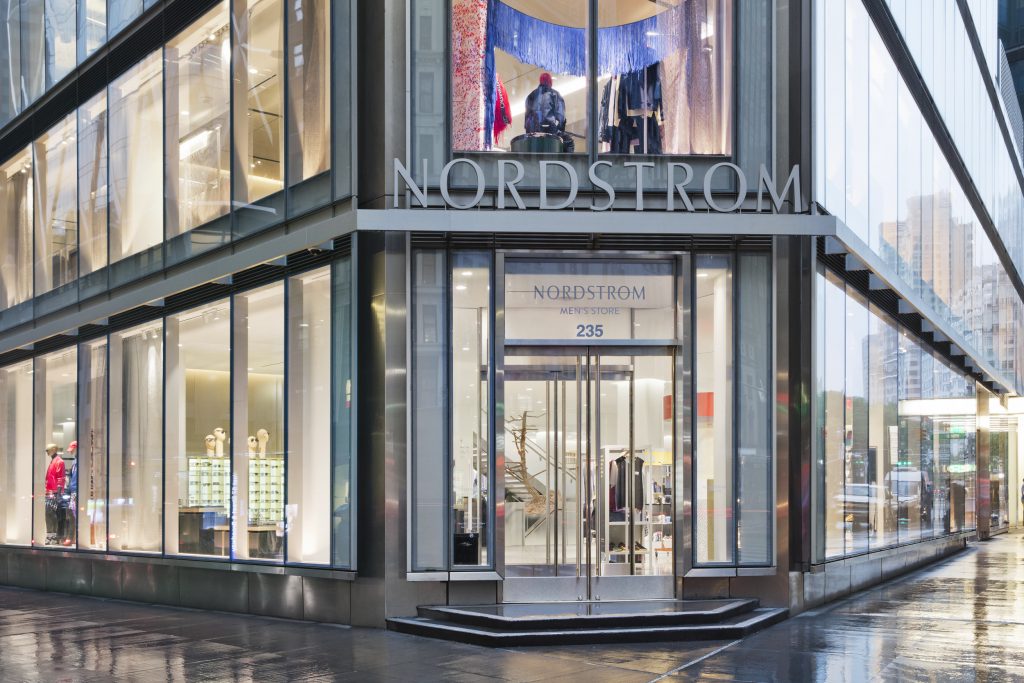NORDSTROM DOWN 53 PERCENT IN SECOND QUARTER


Nordstrom reported on Tuesday that its second-quarter results reflected cash flow and earnings exceeding the company’s expectations through improved merchandise margins and significant overhead cost reductions.
For the second quarter ended August 1st, sales were in-line with the company’s expectations. Net sales decreased 53 percent from last year, reflecting temporary store closures for approximately 50 percent of days during the quarter due to COVID-19 in addition to an approximately 10-percentage point timing impact from the Nordstrom Anniversary Sale shifting from the second quarter to the third quarter.
“At the onset of the pandemic, we focused on protecting and enhancing liquidity, and we successfully executed on these plans,” said Erik Nordstrom, chief executive officer of Nordstrom, Inc. “Thanks to our team’s efforts during the second quarter, we further strengthened our balance sheet with liquidity of $1.3 billion and generated operating cash flow of more than $185 million. We are now pivoting to prioritize market share gains and profitable growth as we advance our strategies.”
During the first quarter, the company significantly reduced inventory by more than 25 percent to mitigate markdowns on seasonal inventory and bring in newness for customers. As a result, merchandise margin trends in the second quarter improved sequentially and exceeded expectations. While sales were in-line with company expectations, reflecting favorable trends in store reopening and merchandise returns, sales were constrained by the flow of inventory, which steadily improved throughout the quarter.
In July, Nordstrom increased inventory receipts to meet customer demand, particularly for its one-of-a-kind Anniversary Sale, which began with early access for Nordy Club customers on August 4th and all customers on August 19th. To date, Anniversary sales are tracking in-line with expectations, reflecting improvement in underlying trends relative to July.
In addition to planned expense reductions of between $200 and $250 million at the beginning of the year, the company is delivering ahead of its target of $500 million in annual cash savings, net of COVID-19 related charges. This is being driven by strong execution as the company implemented its plans to create a leaner and more efficient organization, which contributed to a nearly 20 percent reduction in overhead costs in the second quarter relative to last year.
Second quarter operating cash flow of more than $185 million exceeded company expectations and enabled Nordstrom to pay down $300 million on its revolving line of credit. Nordstrom ended the second quarter with $1.3 billion in total liquidity including $1 billion in cash.
“We’re confident that we can improve sales trends in the second half of the year and beyond,” said Pete Nordstrom, president and chief brand officer of Nordstrom, Inc. “Our inventories are current and in-line, and we’re focused on amplifying relevant categories, brands, and trends to meet customers’ changing preferences.”


